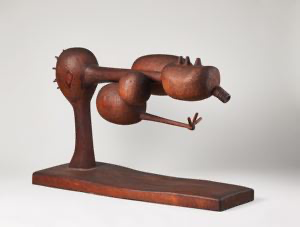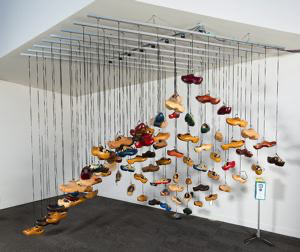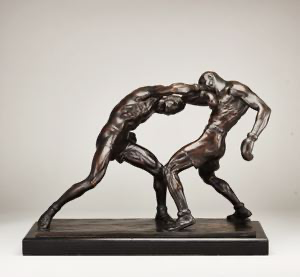| Showing 1 of 54 |
| FILTER RESULTS | × Close |

 by Artist (47)
by Artist (47)
Adaline Kent
2
Adrian Saxe
1
Allen Ruppersberg
1
Anne Currier
1
Arthur Forbes Ames
1
Avard Fairbanks
1
Bella Feldman
1
Bill Morrison
1
Blanche Phillips
1
Chris Finley
1
Clayton Bailey
3
David Ireland
1
David James Gilhooly
1
Fred Mason
1
Gloria Kisch
1
Harry Kramer
1
Hassel Smith
1
Hilda Deutsch Morris
1
Horace Clifford Westermann
1
James Melchert
1
Jeremy Anderson
1
Jim Isermann
2
Jo Ann Callis
1
John Nieto
1
Larry Elsner
2
Lee Mullican
1
Lesley Baker
1
Martin Kersels
1
Mary Ellen Hogle
1
Michael Todd
1
Nicholas Bonner
2
Noah Purifoy
1
Patrick Nickell
1
Paul Harris
1
Paula Winokur
1
Pauline Stella Sanchez
1
Peter Krasnow
2
Raymon Elozua
1
Richard Nonas
1
Robert Boardman Howard
1
Robert Walker
1
Sidney Gordin
1
Tim Hawkinson
1
Tom Rippon
1
Tony DeLap
1
Viola Frey
1
Wayne Kimball
1




